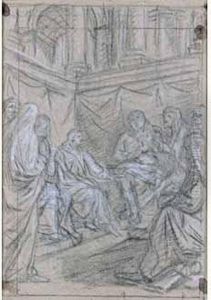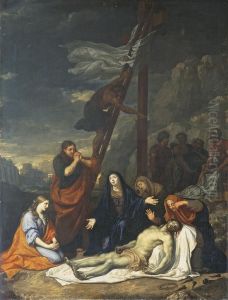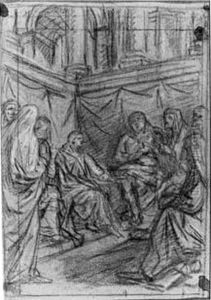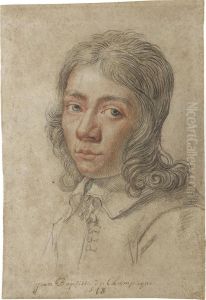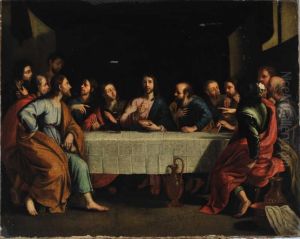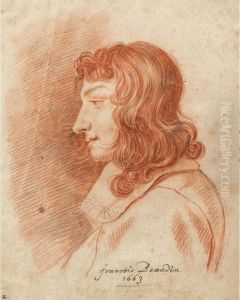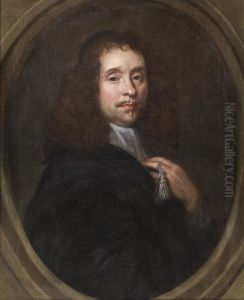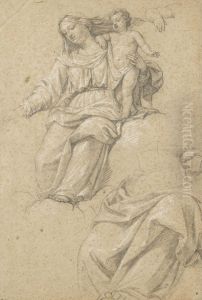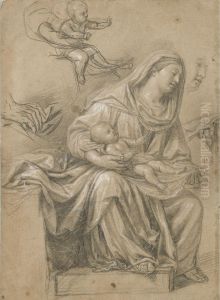Nicolas De Plattemontagne Paintings
Nicolas de Plattemontagne was a notable French painter and engraver, born in 1631 in Paris. He emerged as a prominent figure in the French art scene of the 17th century, a period marked by the flourishing of Baroque art, which emphasized dramatic movement, rich detail, and vivid contrast. Plattemontagne was deeply influenced by this artistic milieu, but he also carved out a unique niche for himself that reflected his distinct style and interests.
Plattemontagne's early life was steeped in the world of art, thanks to his family's connections with prominent artists of the time. This environment nurtured his budding talent and provided him with the opportunity to train under some of the leading artists of his era. His work was primarily focused on portraiture and religious themes, which were popular among the patrons of his time. He had a keen eye for detail and a profound ability to capture the essence of his subjects, traits that made his work highly sought after.
Throughout his career, Plattemontagne enjoyed the patronage of the French aristocracy and the church, which were the main sources of art commissions during his time. He was particularly adept at engraving, a skill that allowed his artworks to be reproduced and disseminated widely. This not only enhanced his reputation beyond the borders of France but also made a significant contribution to the spread of the Baroque style across Europe.
Plattemontagne's legacy is not just limited to his contributions to the Baroque movement. He was also instrumental in mentoring the next generation of artists, thereby ensuring the continuity of the French artistic tradition. His influence extended beyond his immediate circle, impacting the broader trajectory of French art.
Nicolas de Plattemontagne died in 1706, leaving behind a body of work that continues to be celebrated for its artistic merit and historical significance. His life and work offer valuable insights into the cultural and artistic dynamics of 17th-century France, reflecting the complexities and beauty of an era that significantly shaped the course of Western art history.
